Þjóðminjasafns Íslands (National Museum of Iceland)
The National Museum of Iceland in Reykjavik proves to be a nice size to get to grips with Icelandic history without suffering the perils of museum fatigue.
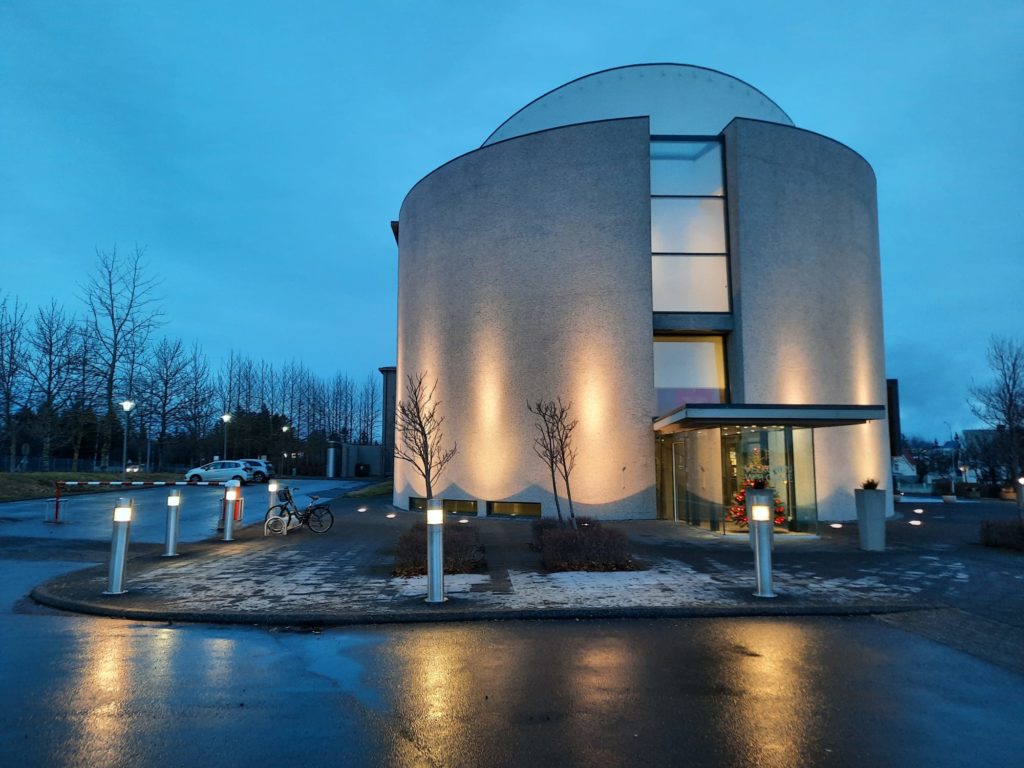
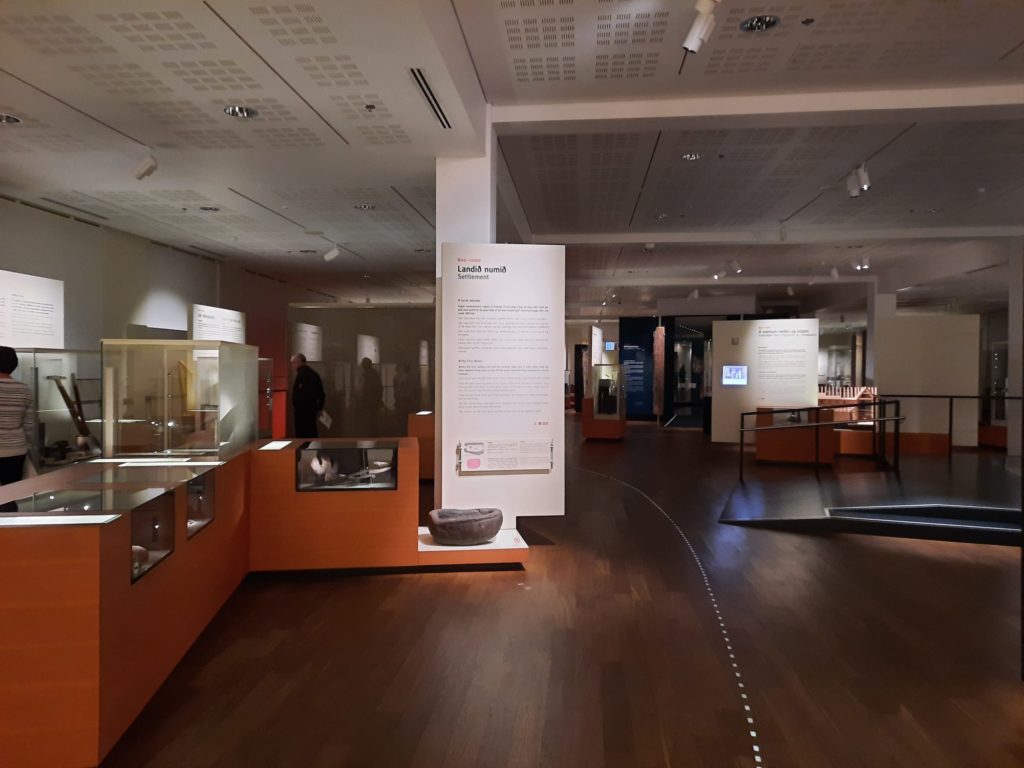
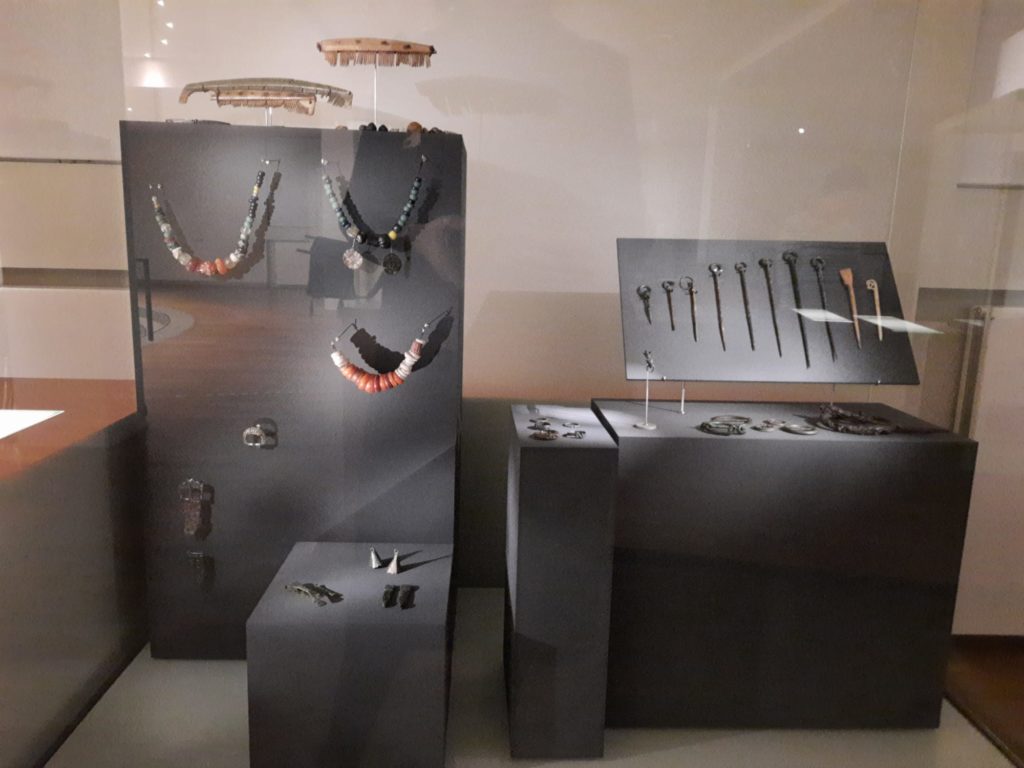
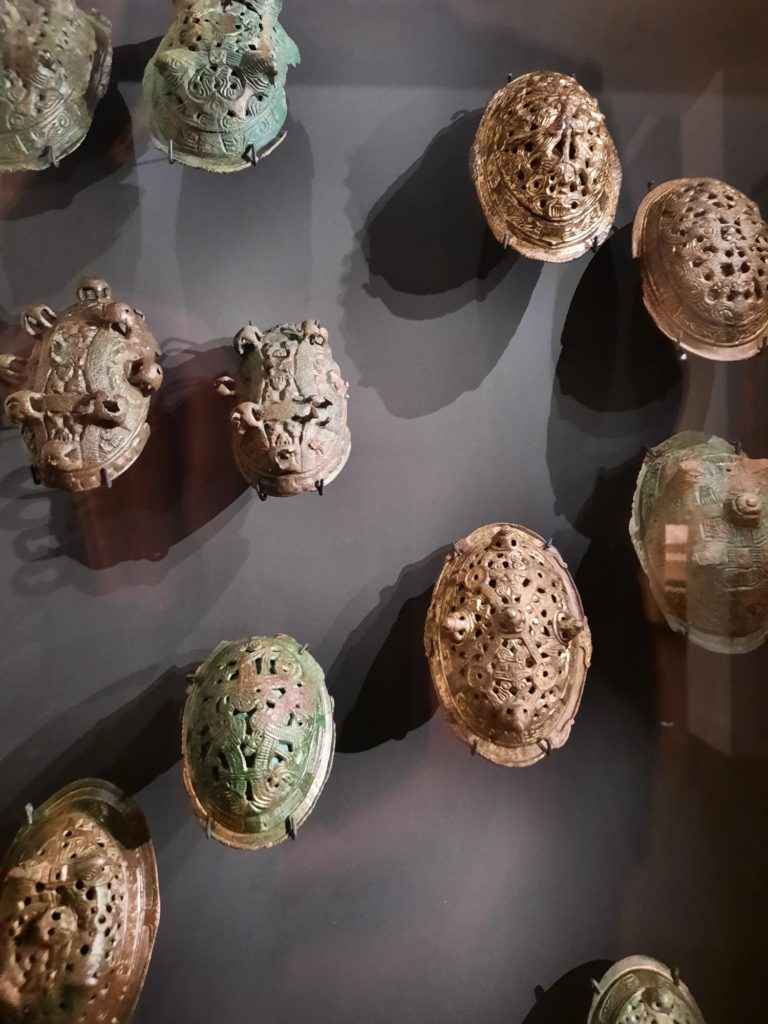
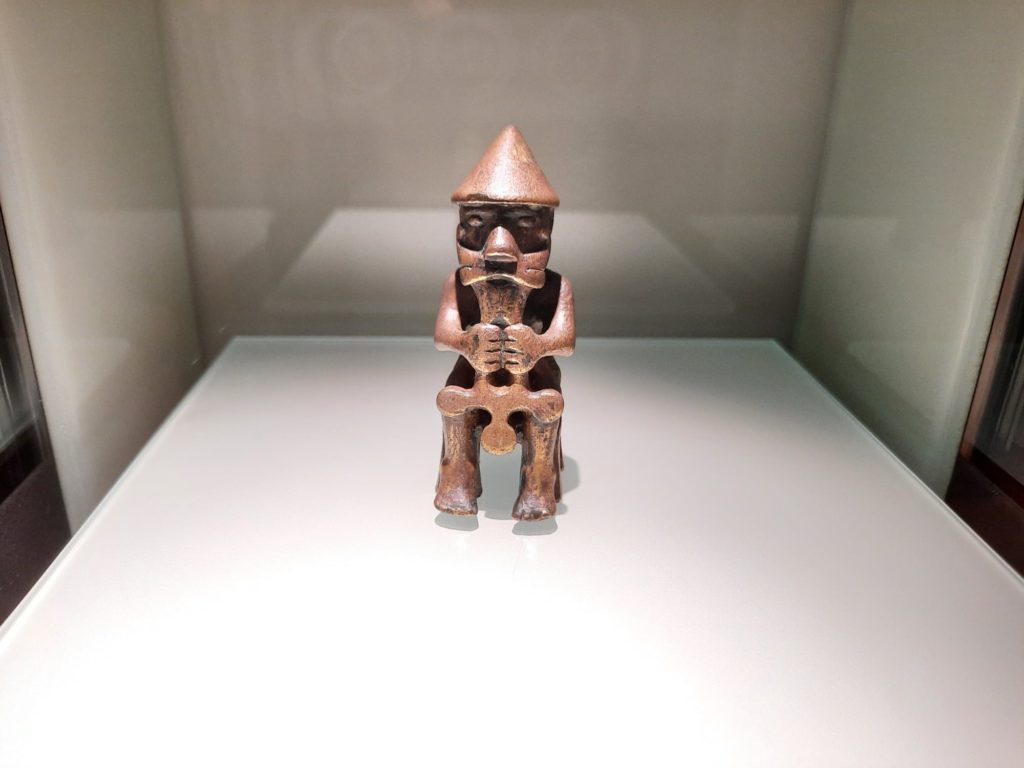
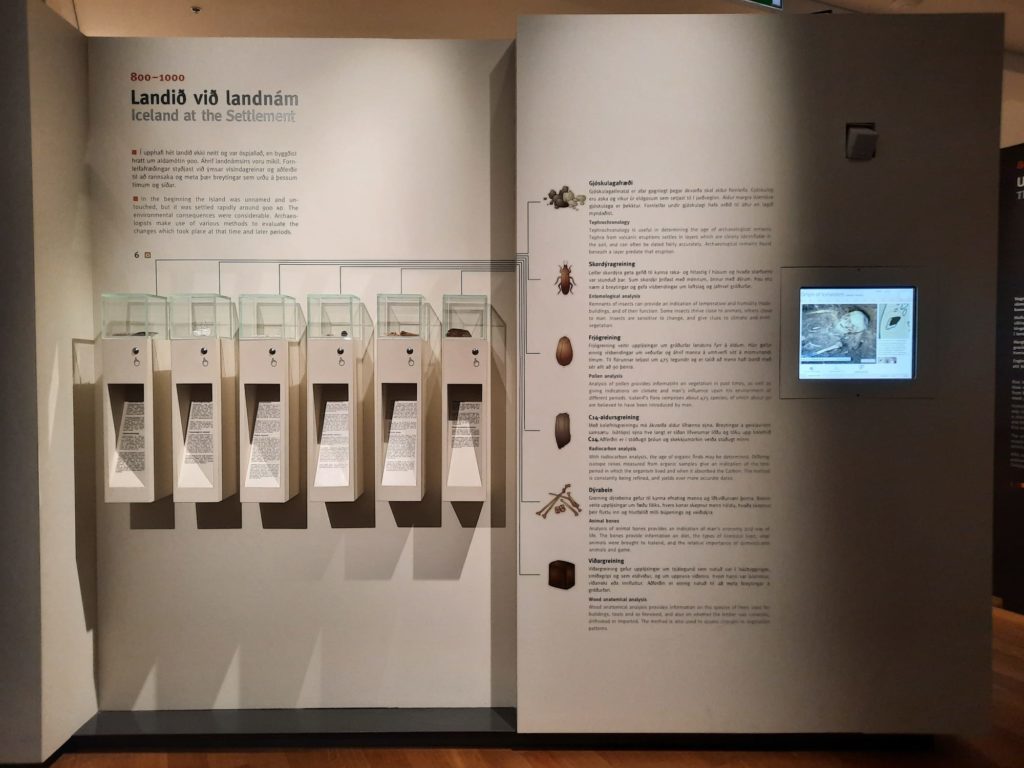
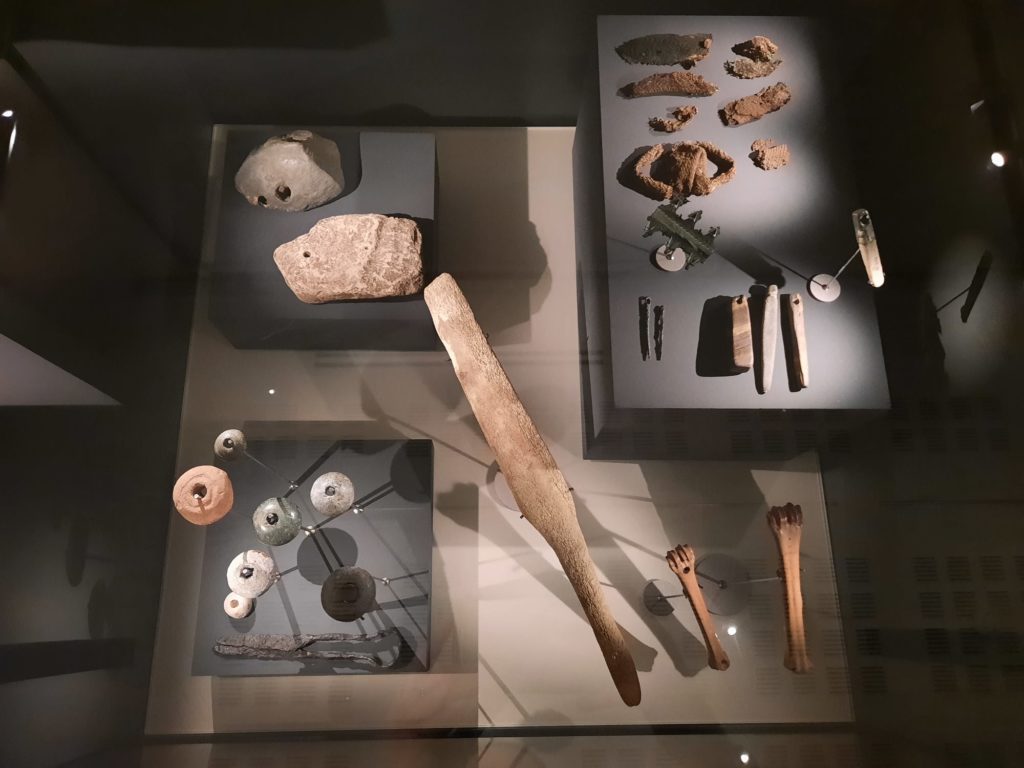
Þjóðminjasafns Íslands: The National Museum Of Iceland
A few days ago I posted about the National Gallery of Iceland, and how I was bemused and a little disappointed not to find any Icelandic art inside. No such issue at the National Museum of Iceland. In fact nothing here but Icelandic history, from the first settlement to the present day.
The National Museum of Iceland sits a little apart from other cutural institutions in the city centre. It’s not actually far from the central lake/pond Tjörnin. But as you have to cross a main highway to get to it, it feels quite separate. I visited on a Sunday morning just as it was opening at 10AM. This being winter and Iceland being Iceland, it was still dark. When I arrived there was a tour in English leaving at 10.30, but I decided to do my own thing. From what I overheard, however, the guide was personable and engaging so this is definitely a good option if you time your arrival well.
Before we go any further into the museum itself, however, I think we have time for a little potted history of Iceland.
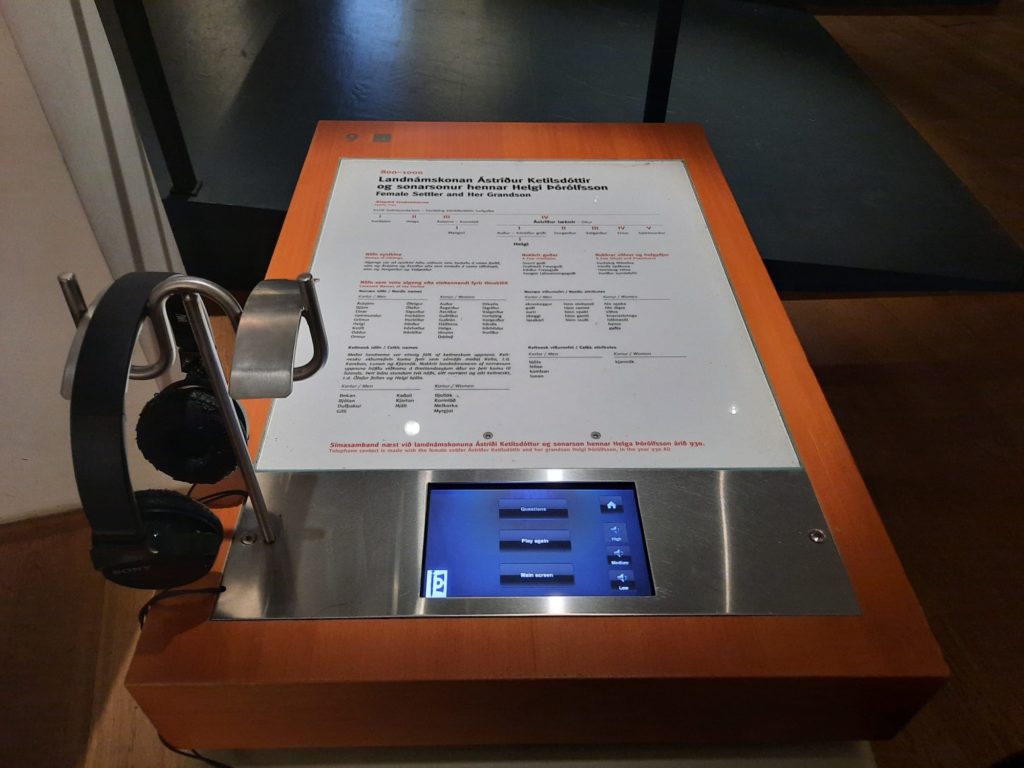
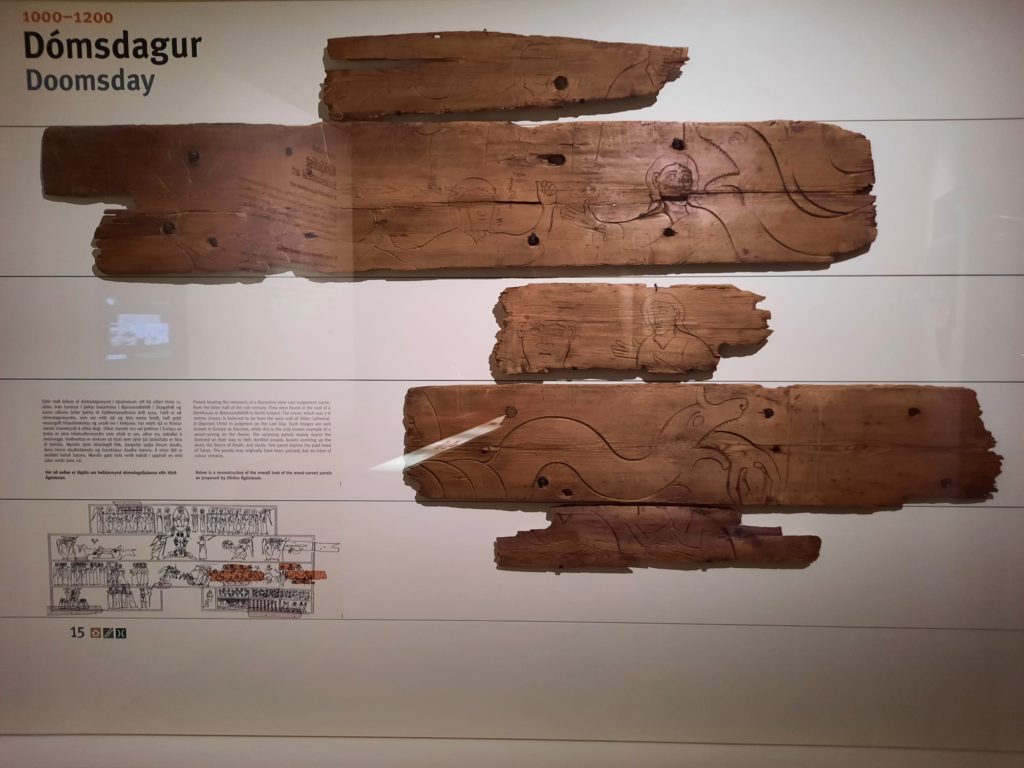
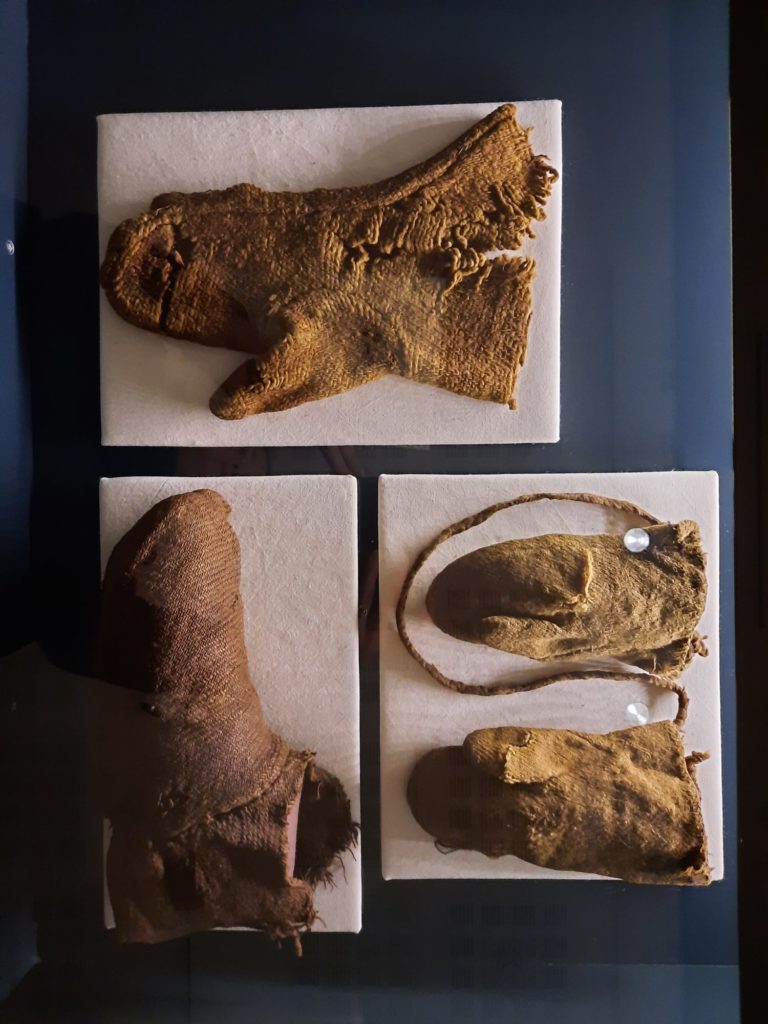
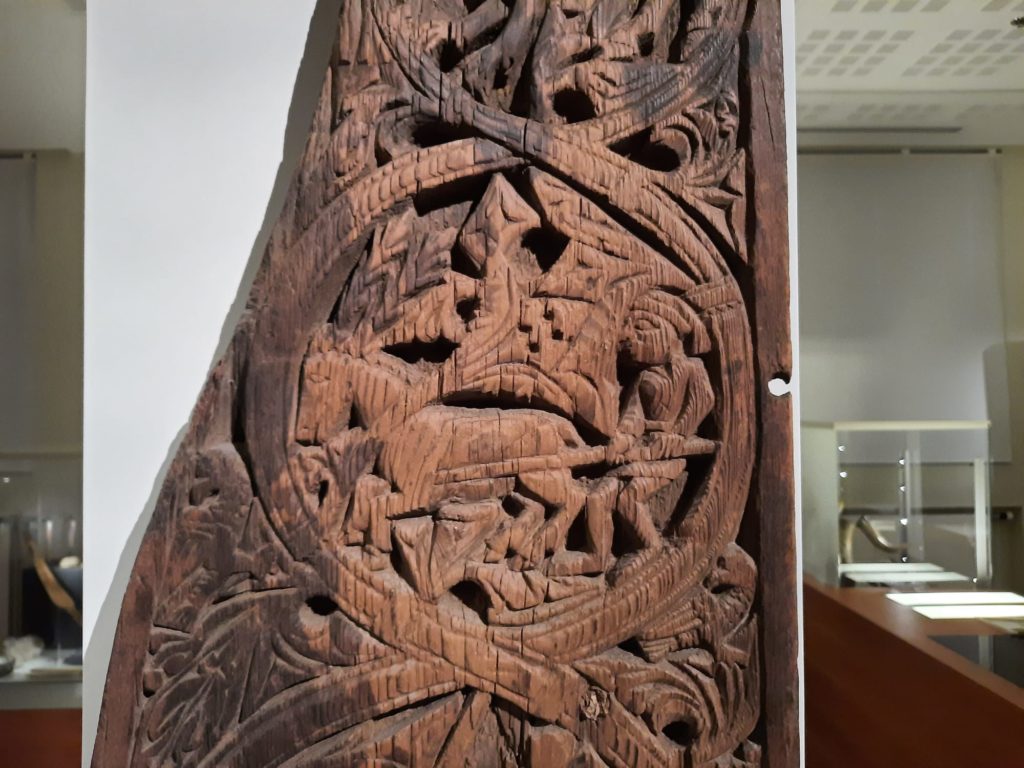
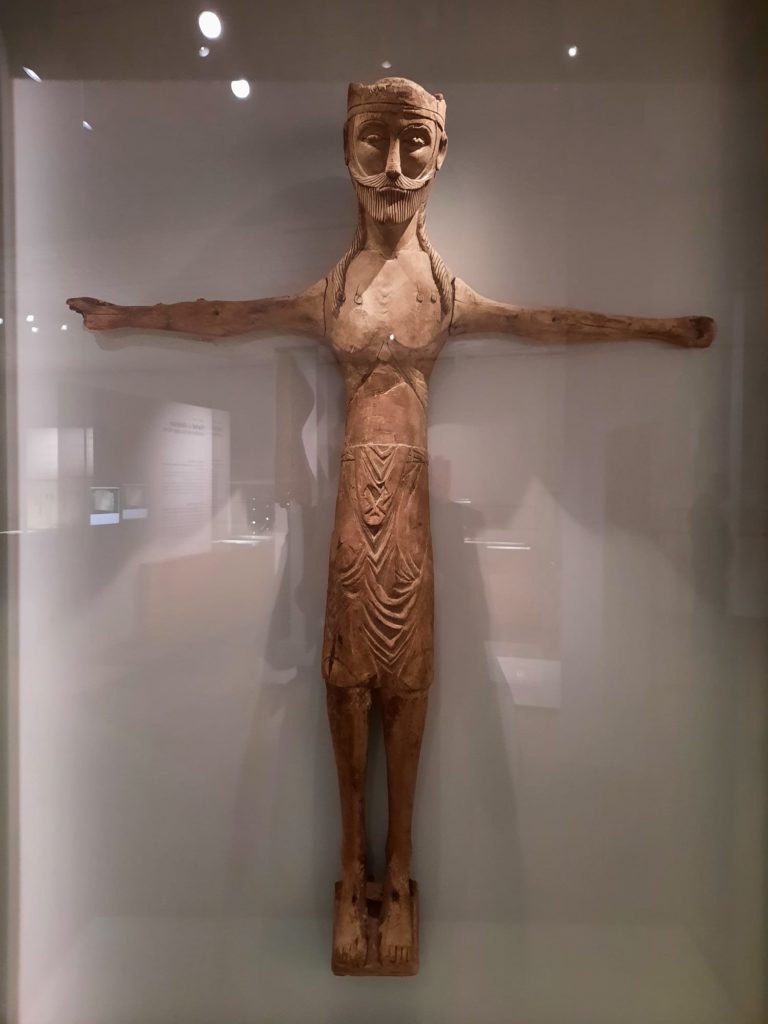
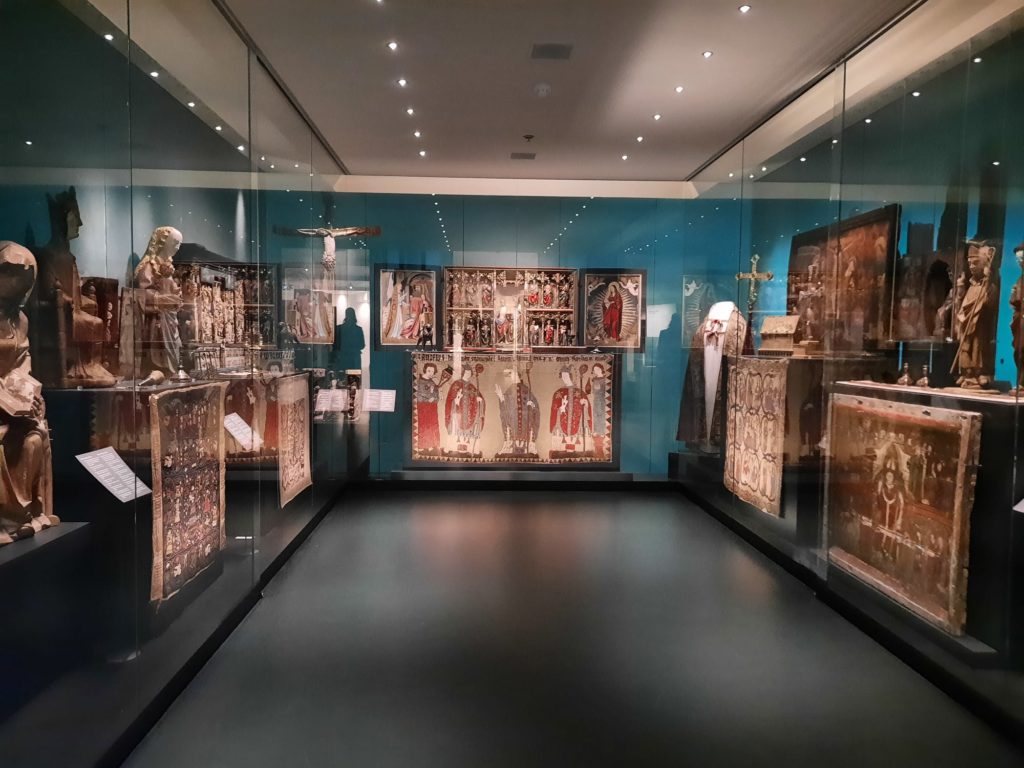
Iceland: A Potted History
We have pretty good records of the first settlement of Iceland thanks to the Icelandic sagas. These important works of literature document the first people to arrive and settle in Iceland, mostly from Norway. Although this isn’t the full story. DNA evidence now shows that most of the men came from Norway. A lot of the women were Celtic: enslaved before being brought to Iceland. Something the sagas mostly gloss over with a few exceptions where it’s relevant to a plot. In any event, the settlement of Iceland by Norwegians and others began in the mid-800s. Iceland was the second-last major landmass to be populated. The last was New Zealand.
Early Icelandic society was rather interesting, mostly because of its Parliament. The Althing (Alþingi)was an annual gathering where new laws were worked out and legal cases brought. Iceland therefore had no king, although local lords ruled in a fairly feudal style. The adoption of Christianity was decided at a session of the Althing.
After a period as a Commonwealth, Iceland fell under the rule of various Scandinavian neighbours. It was a Danish colony for a long time, with a trade monopoly damaging the Icelandic economy and keeping its people in poverty. In more recent times Iceland gained sovereignty after WWI, and in WWII remained neutral but was peacefully invaded by the British as we learned at the Icelandic Punk Museum. In the last few years it’s things like the 2008 Financial Crisis and that pesky volcano Eyjafjallajökull which have put Iceland in the spotlight.
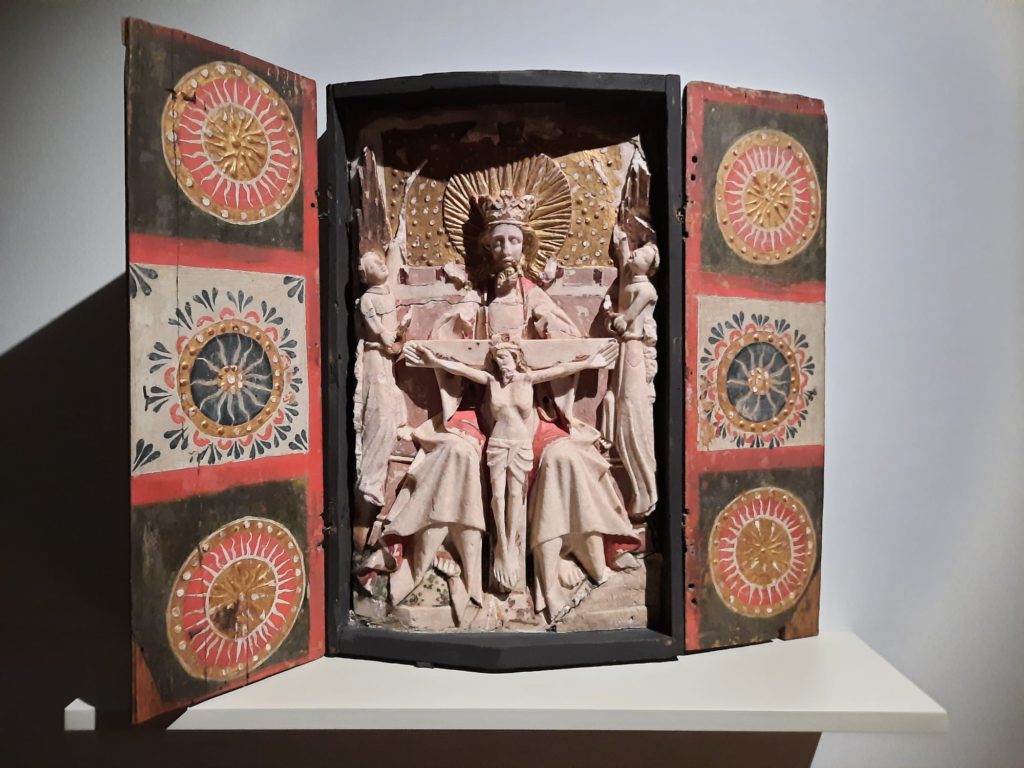
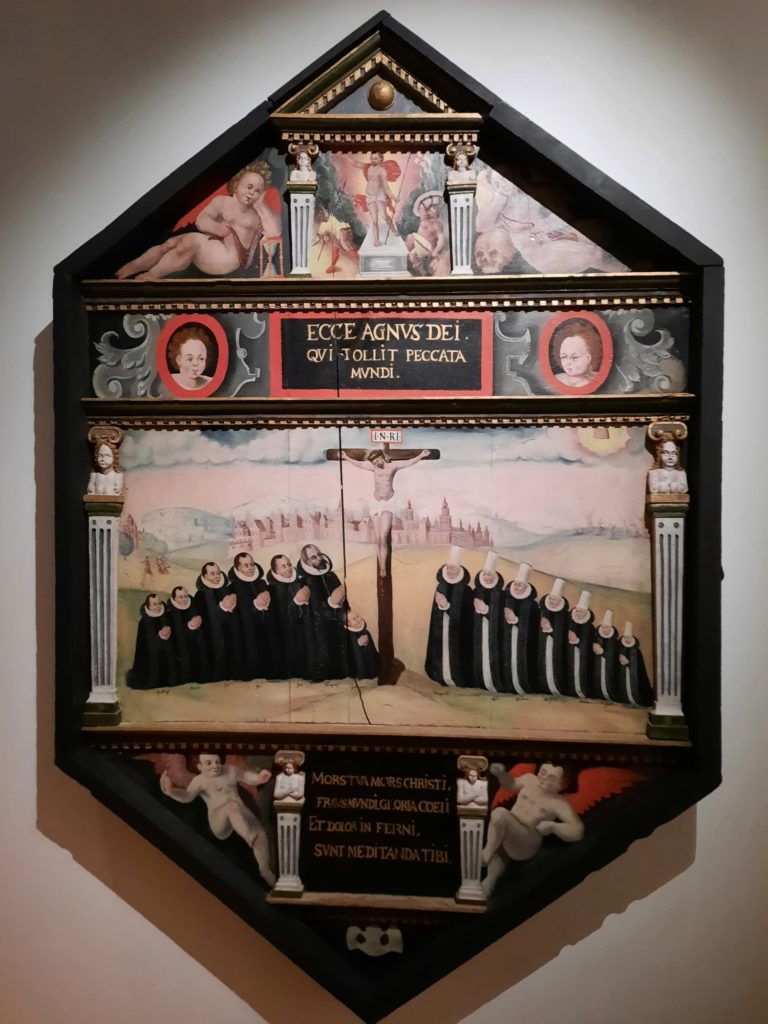
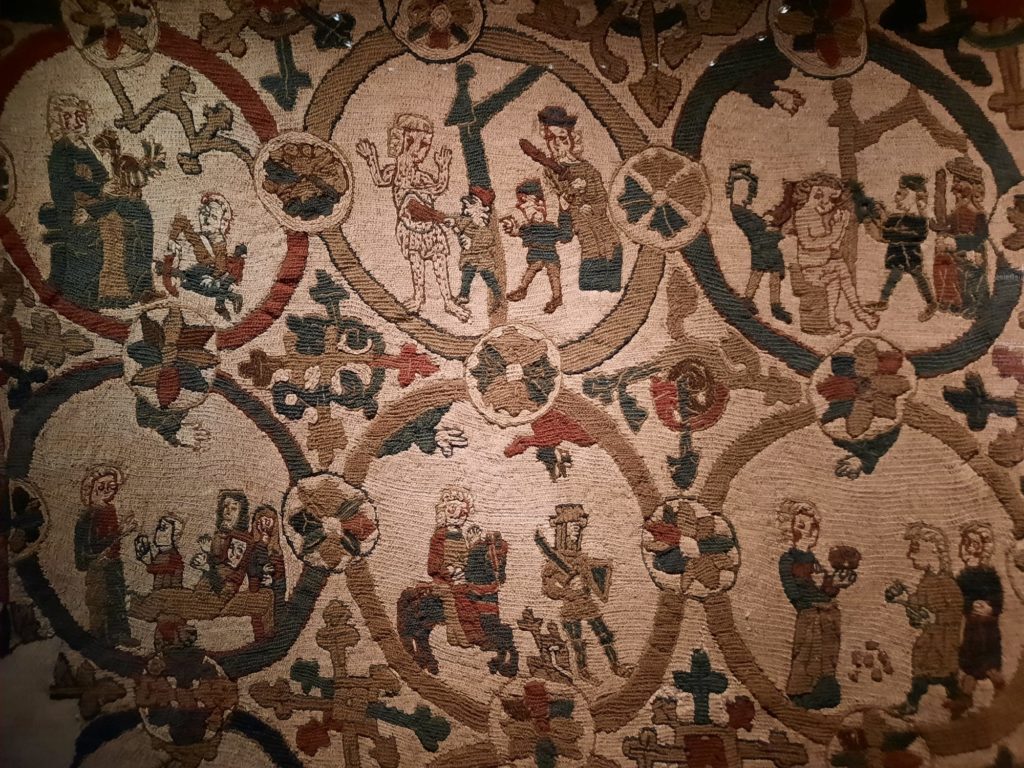
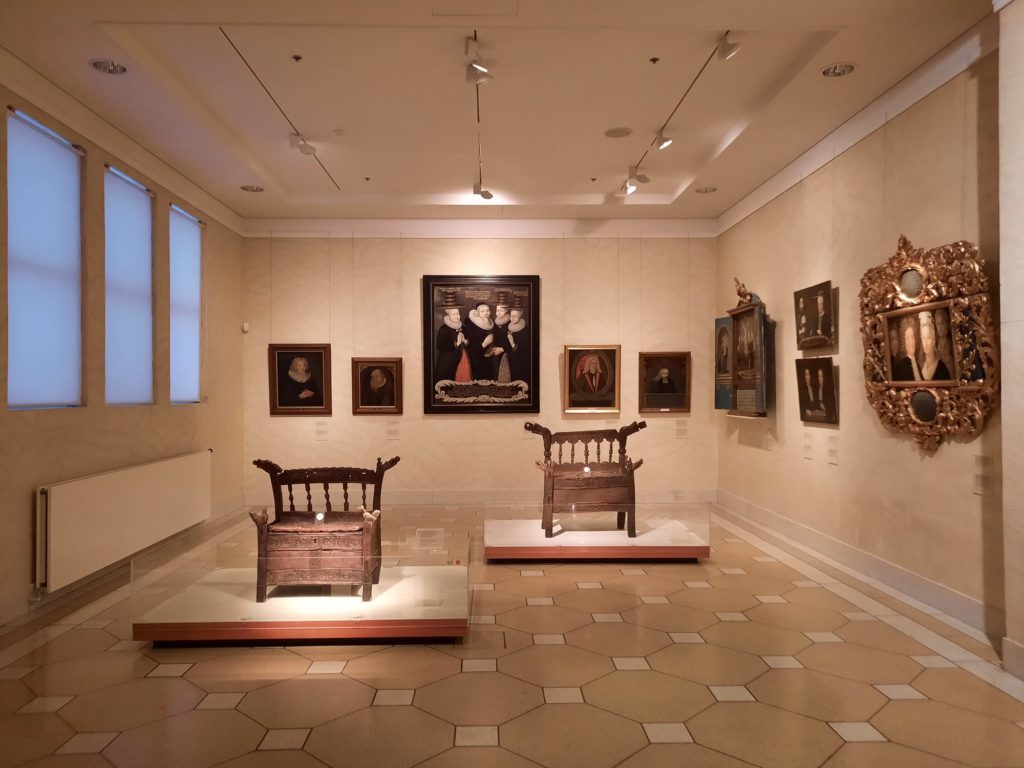
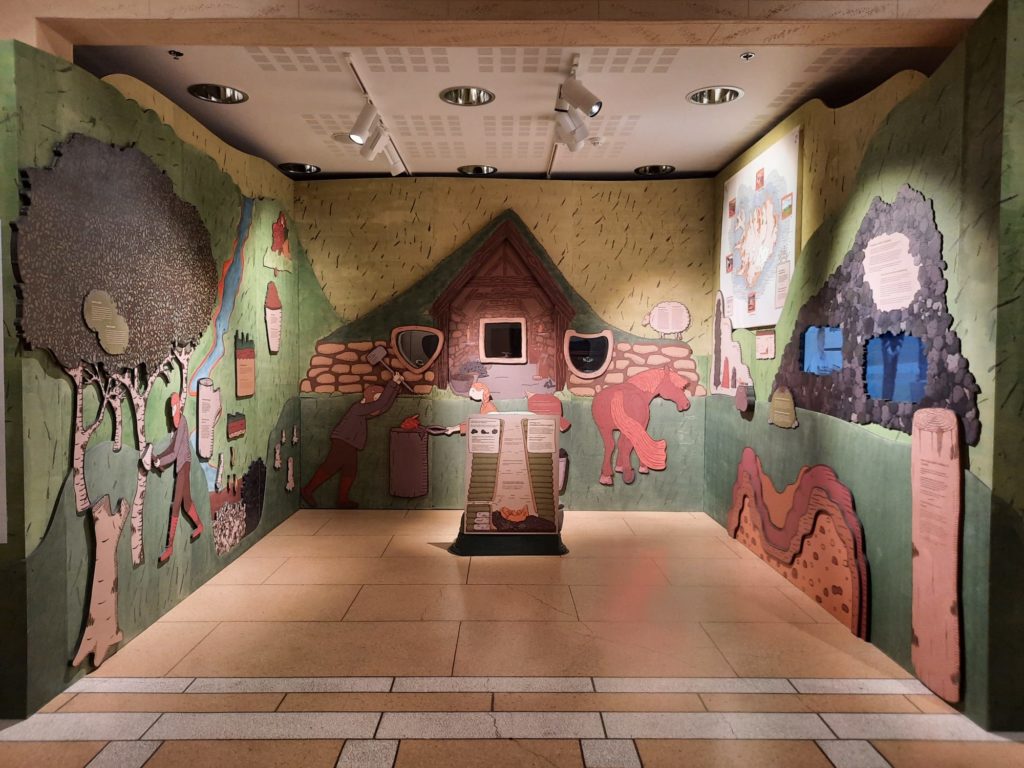
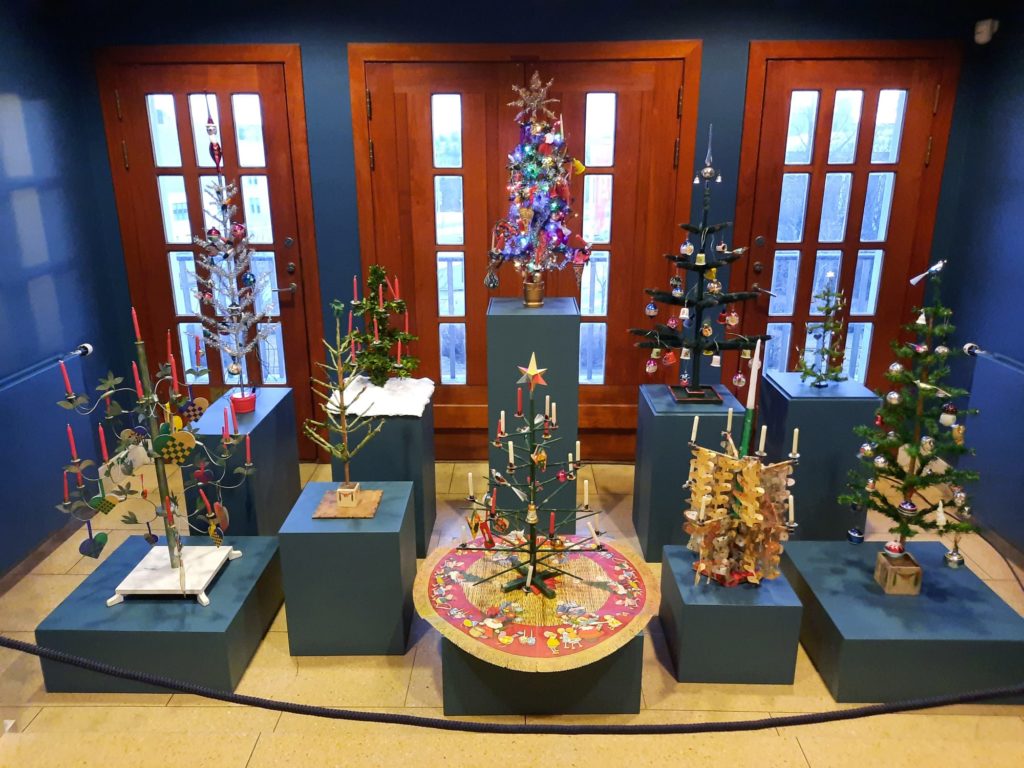
A Defined History: An Easy Museum Starting Point
So compared to some national museums around the world, I posit that the National Museum of Iceland has it fairly easy. The story has a clear starting point in the 800s. And with such a small population and relatively homogenous population through most of its history (remembering of course the hidden Celtic influence) it’s a fairly linear narrative as well.
The National Museum of Iceland makes the most of these factors with a straightforward chronological layout. There isn’t a didactic path to follow: you zig-zag though the first floor in one direction and then come back along the second floor in another. But as you work your way through the space you also work your way through the centuries.
Objects are grouped into thematic sections along the way. Themes include materials, occupations, the church, and deep dives like archaeological evidence preserved by volcanic activity. The lack of pre-determined path means visitors can spread out and look at what interests them. The information is mostly text-based but with a few interactive activities like ‘phone calls’ to figures from history, and children’s play areas.
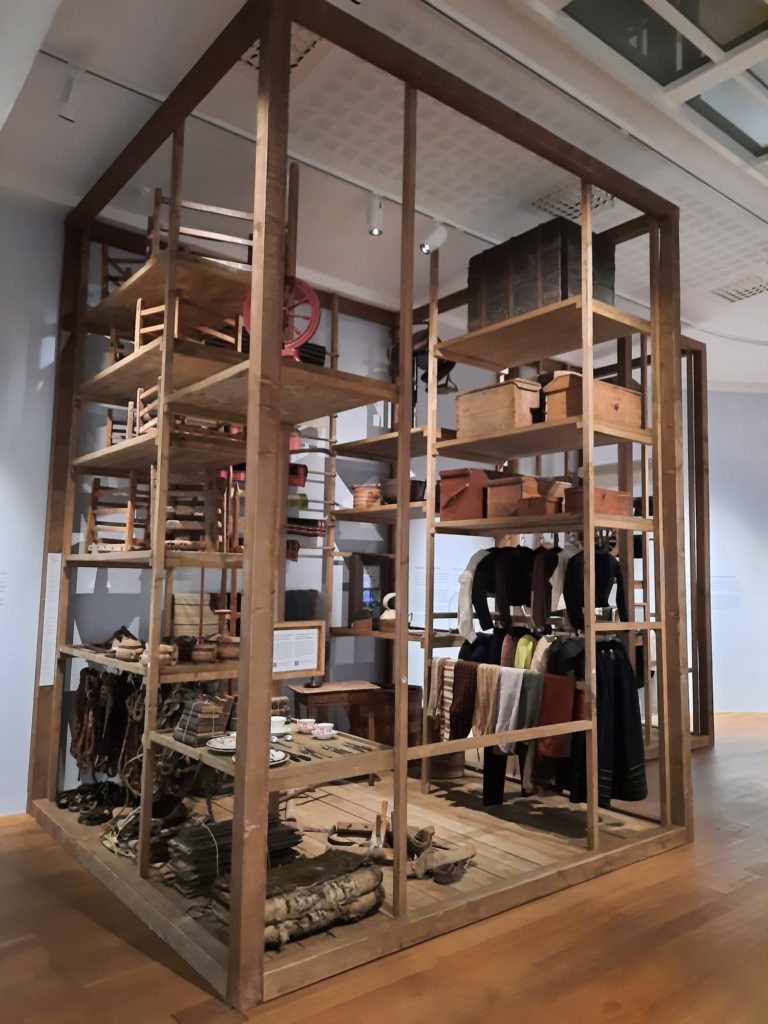
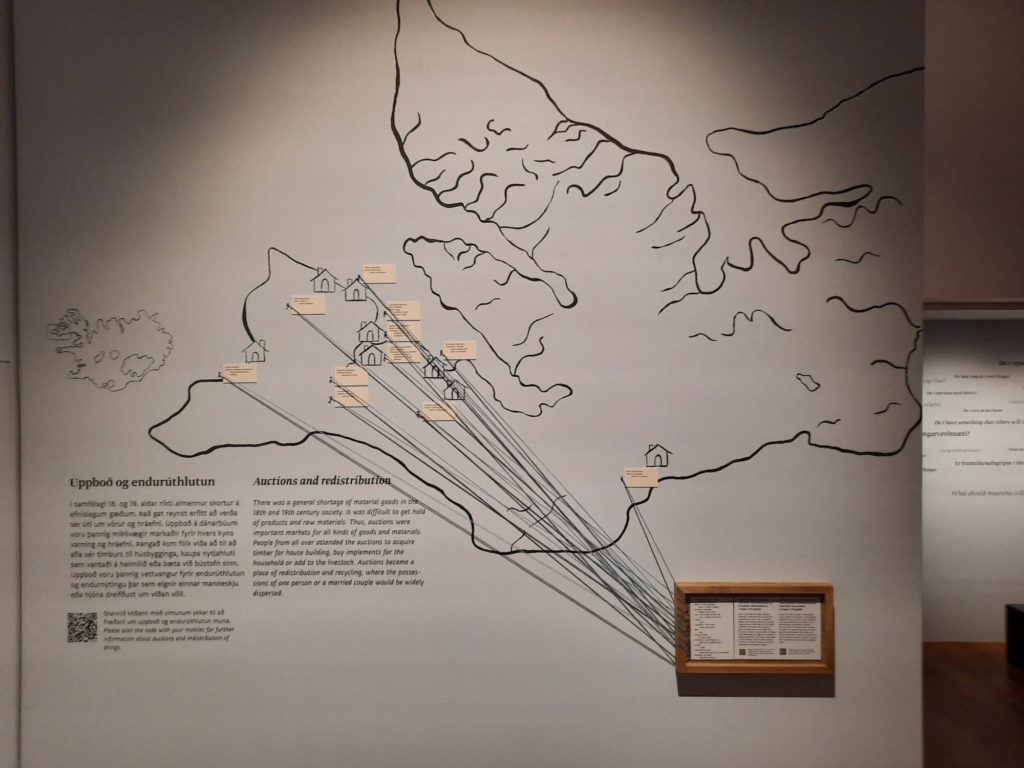
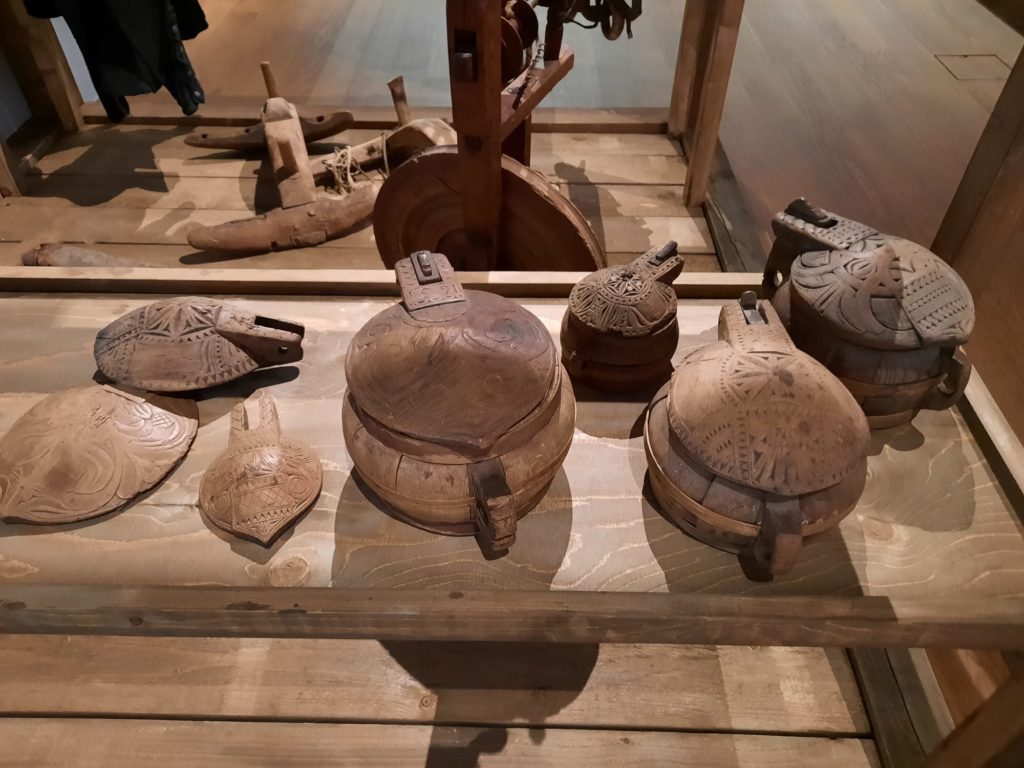
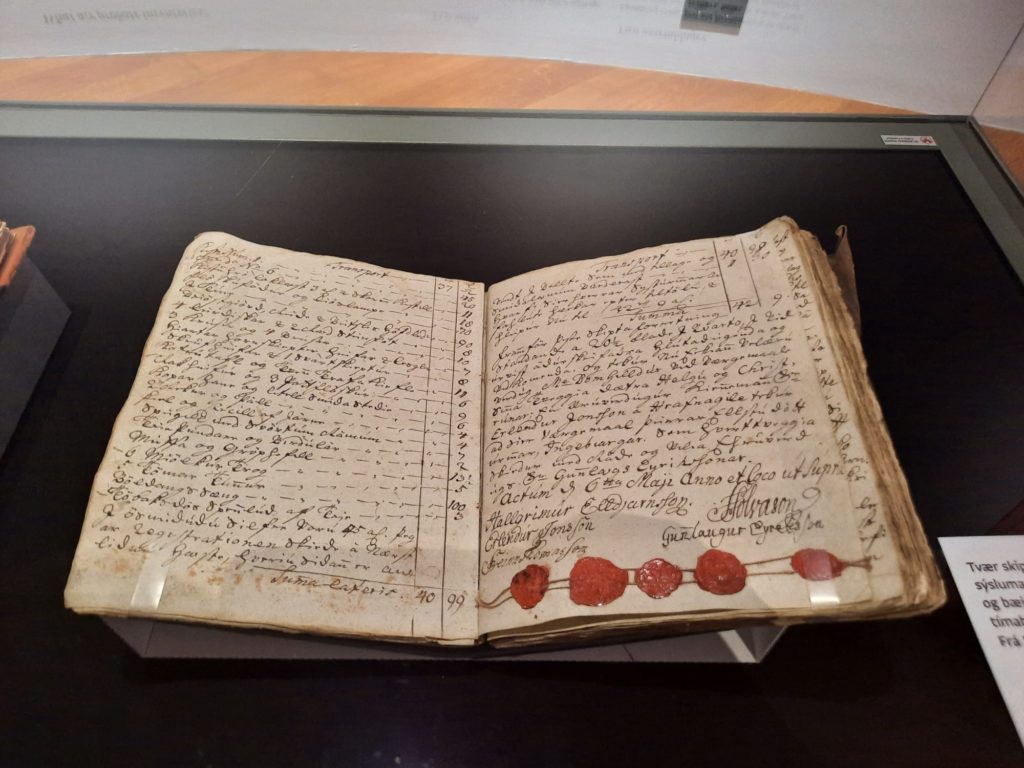
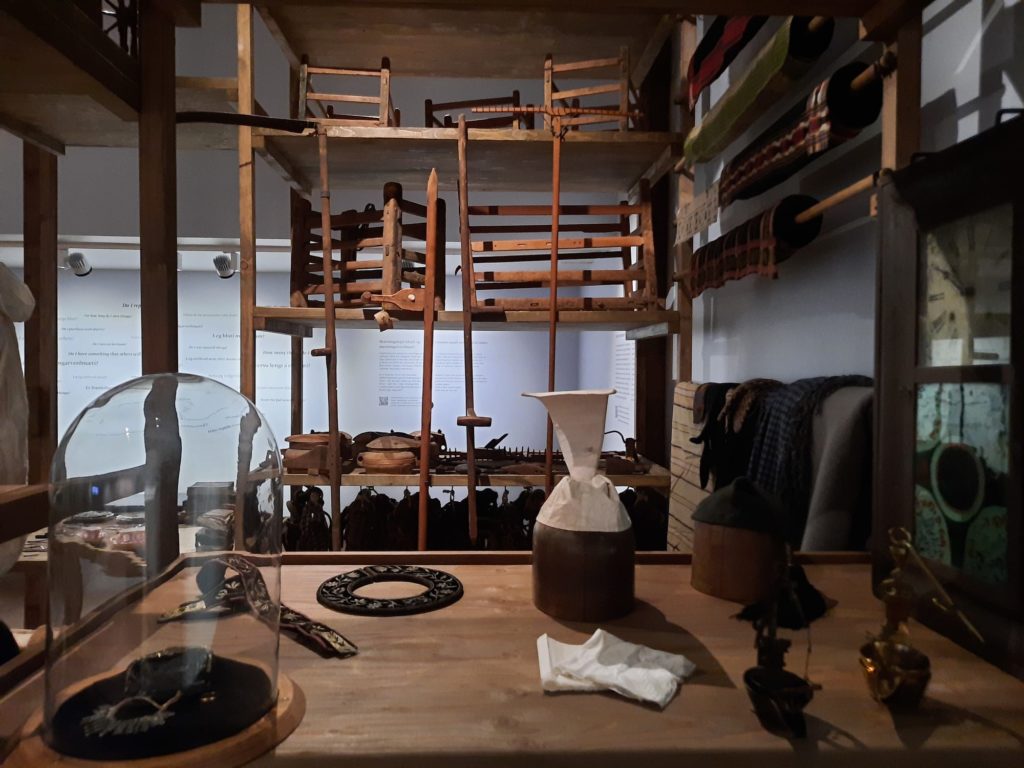
My Favourite Things: Weary Casket, Silver Spoon and Knickers (With a Hole)
A quick stop before we head up to the second floor at this temporary exhibition, My Favourite Things: Weary Casket, Silver Spoon and Knickers (With a Hole). This is a well-curated one-room exhibition that blends sources from the National Archives with objects from the National Museum. The premise is to reconstruct the ownership of objects in history. What things did people possess? How were they dispersed? How did they end up in collections? And what is the meaning of these objects for the cultural heritage of Iceland?
As a museologist and historian, this exhibition was right up my street. I found the level of information about ordinary lives available in the National Archives very interesting. One panel plotted out the geographic spread of objects from an estate sold at auction, for instance. The objects and archival sources of course do not match exactly: if we’re looking at a jumper or a storage container it’s not the same one mentioned in someone’s will. But it tells us a lot about what people owned and valued.
It was also very nicely presented: the racking evokes visible museum storage and reminds us just how much of a country’s cultural heritage can end up tucked away somewhere: important enough to keep but not important enough to be out on display. This exhibition is one of the outcomes of a 2018 joint research project, and is well worth a look.
My Favourite Things on until 17 September 2023: more information here.
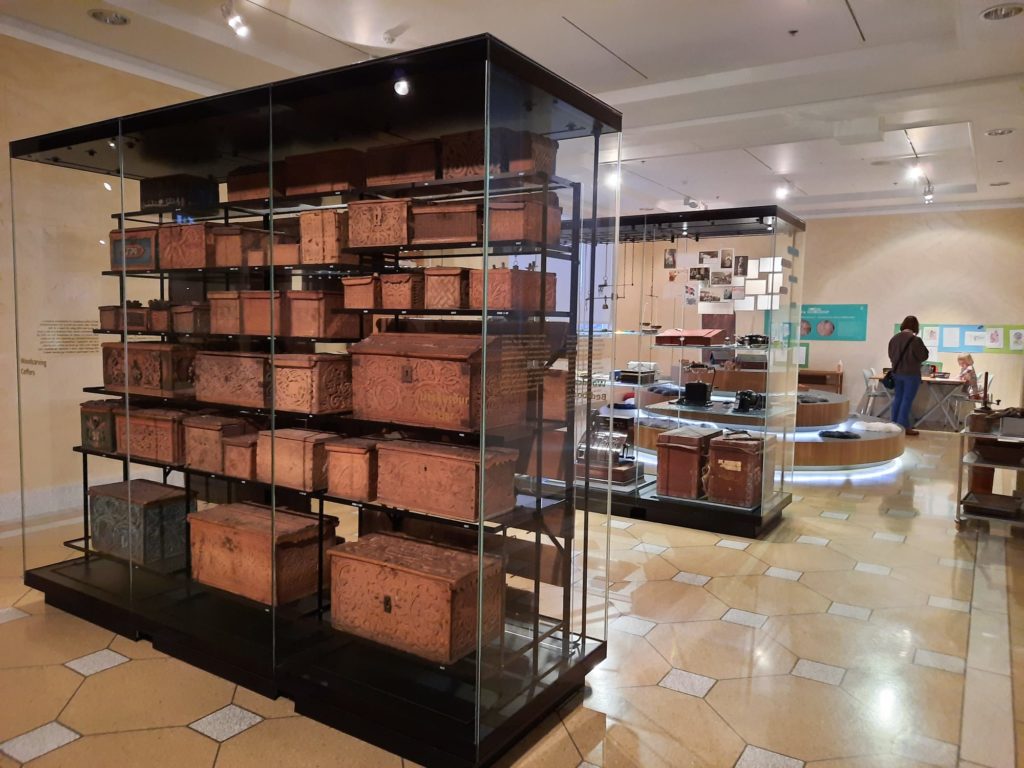
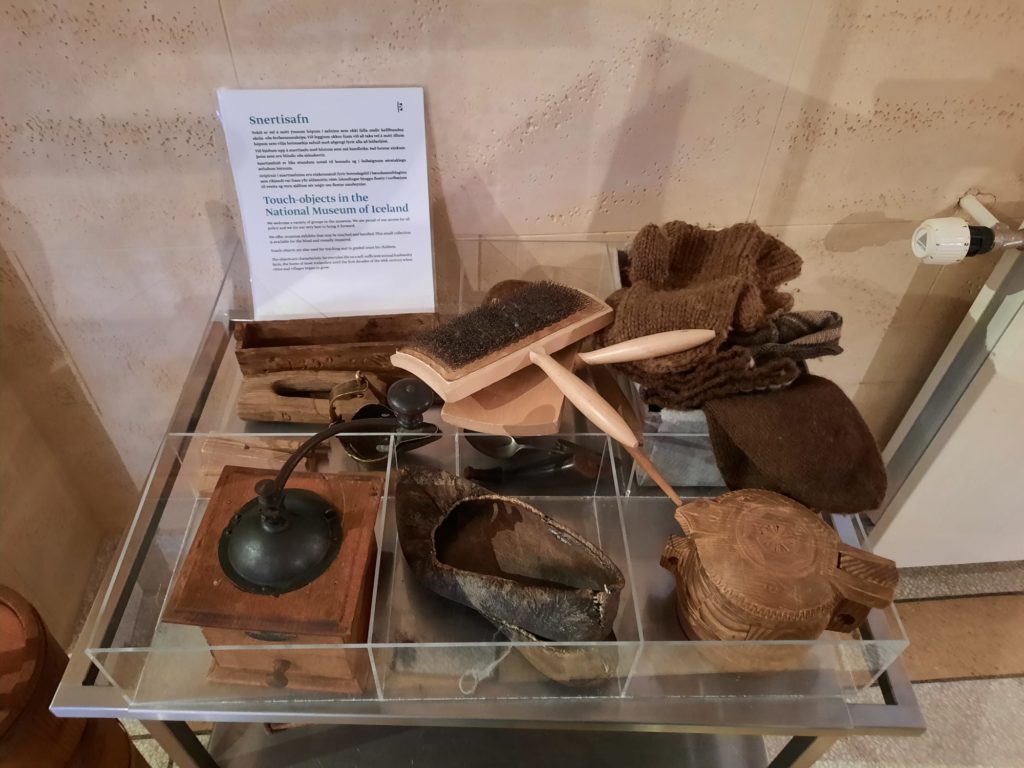
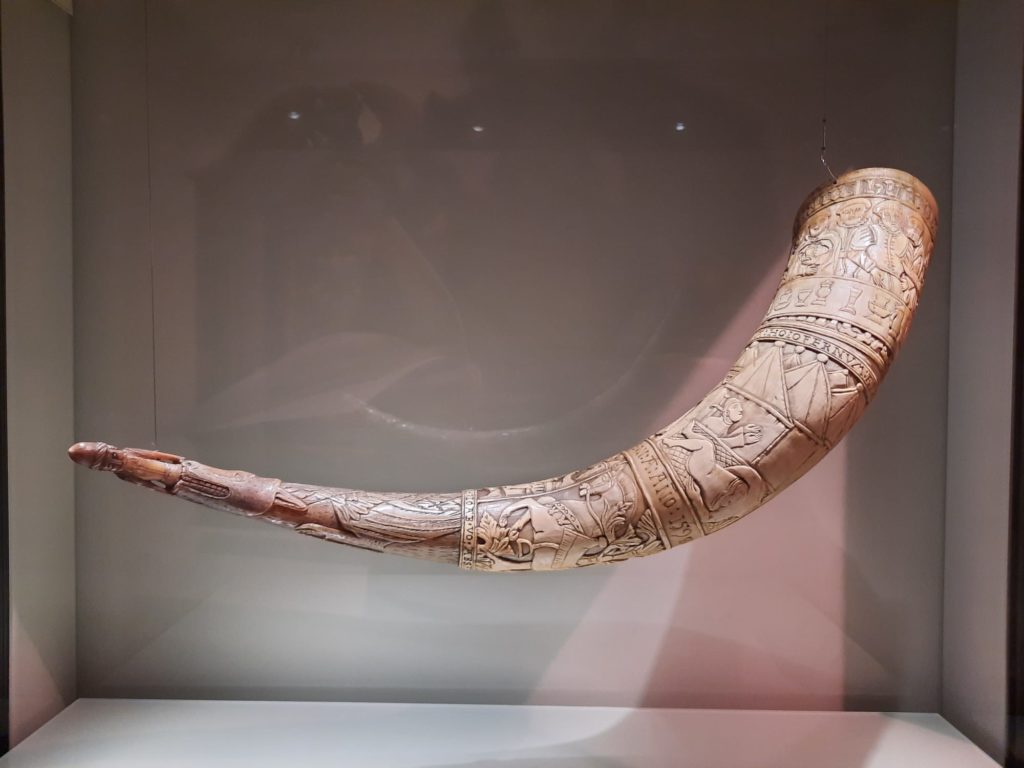
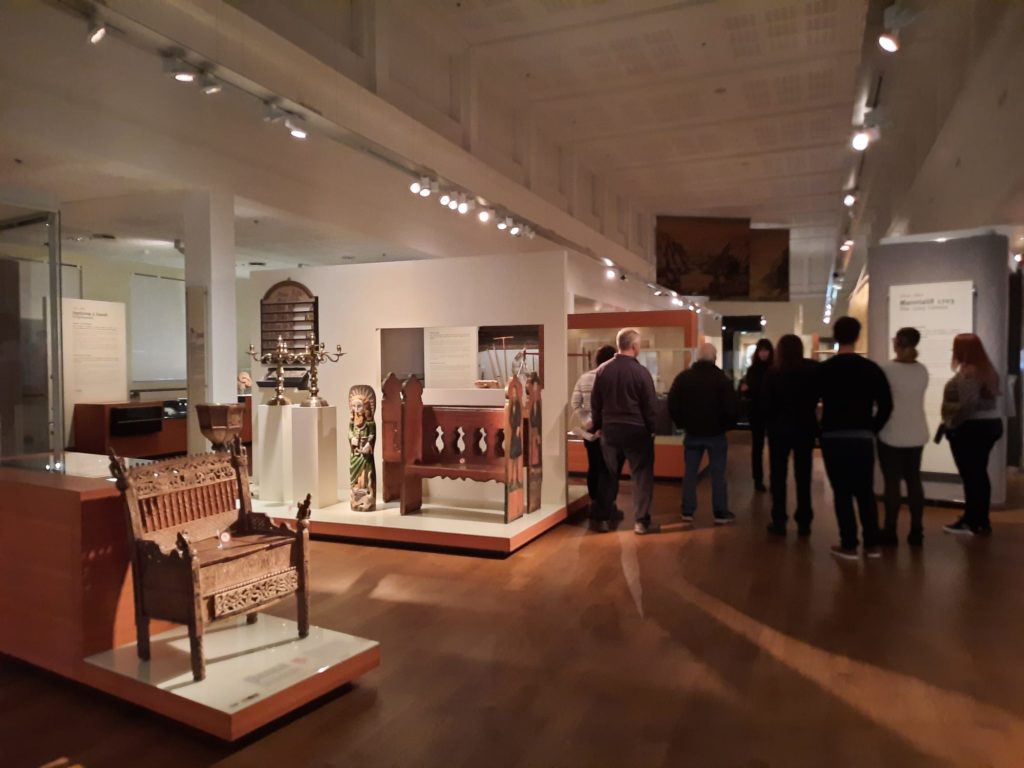
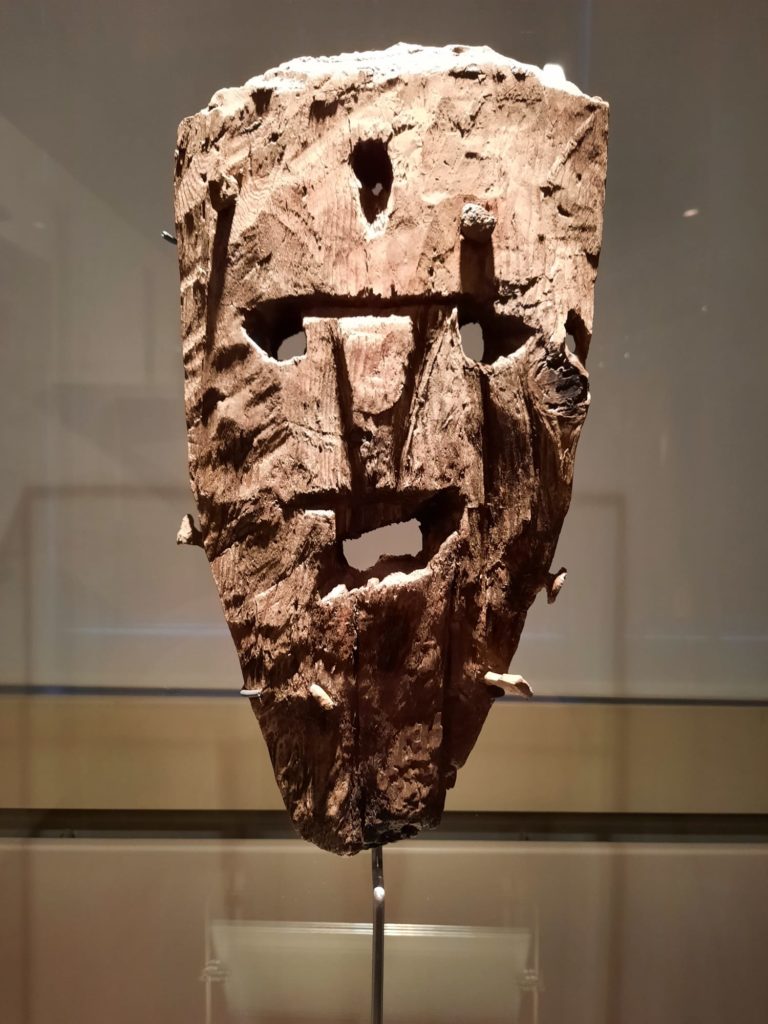
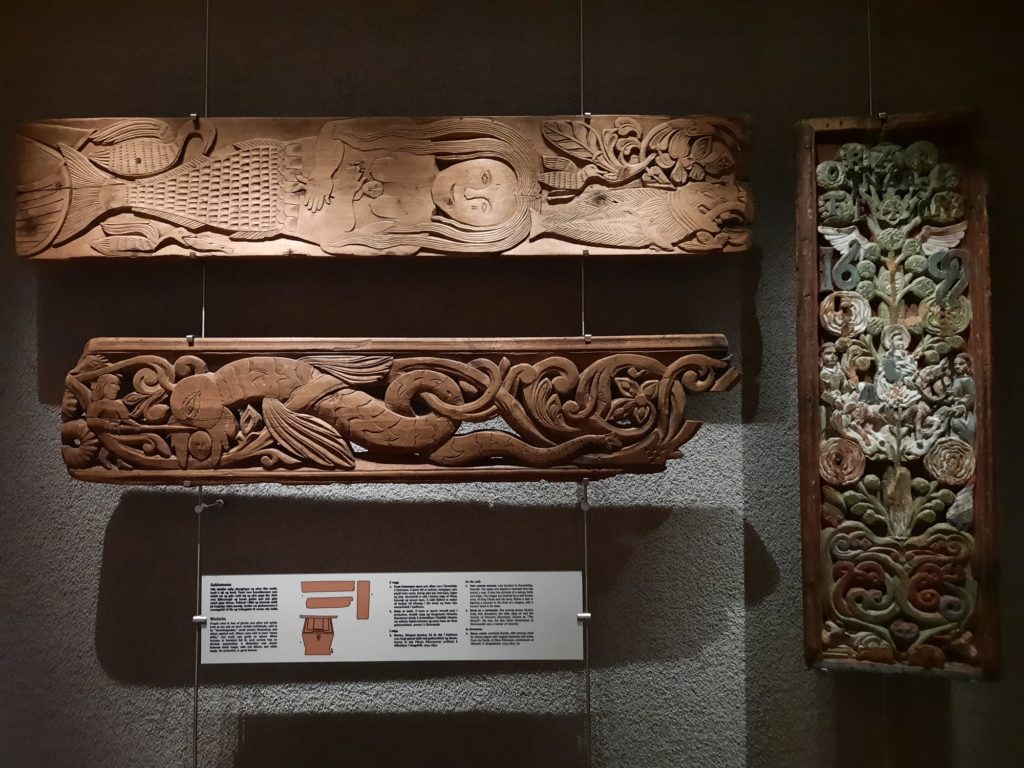
Back To The Permanent Exhibition
After a stop at the temporary exhibition on the first floor, and a seasonal display of Christmas trees, I headed upstairs to continue my journey through Icelandic history. As the history became more recent, for me it became slightly less engaging. I think this is perhaps to do with my short attention span, but also to do with the relative uniqueness of each period. A saga age of settlement and Vikings and proto-Parliaments? Great! Iceland modernising and forging more connections with the world? Eh, interesting but less romantic somehow.
The colonial nature of Icelandic society does throw out a few interesting quirks, however. One is how late, relatively speaking, some of the ‘firsts’ are. The first professional artist in Iceland, for instance, was Þórarinn B. Þorláksson (1867-1924). National costumes endured quite late including, interestingly, a lack of shoes suitable for the climate. For most of Icelandic history people were wearing woollen socks with or without little slippers of leather or fish skin. Rubber boots were revolutionary for their poor, sodden feet.
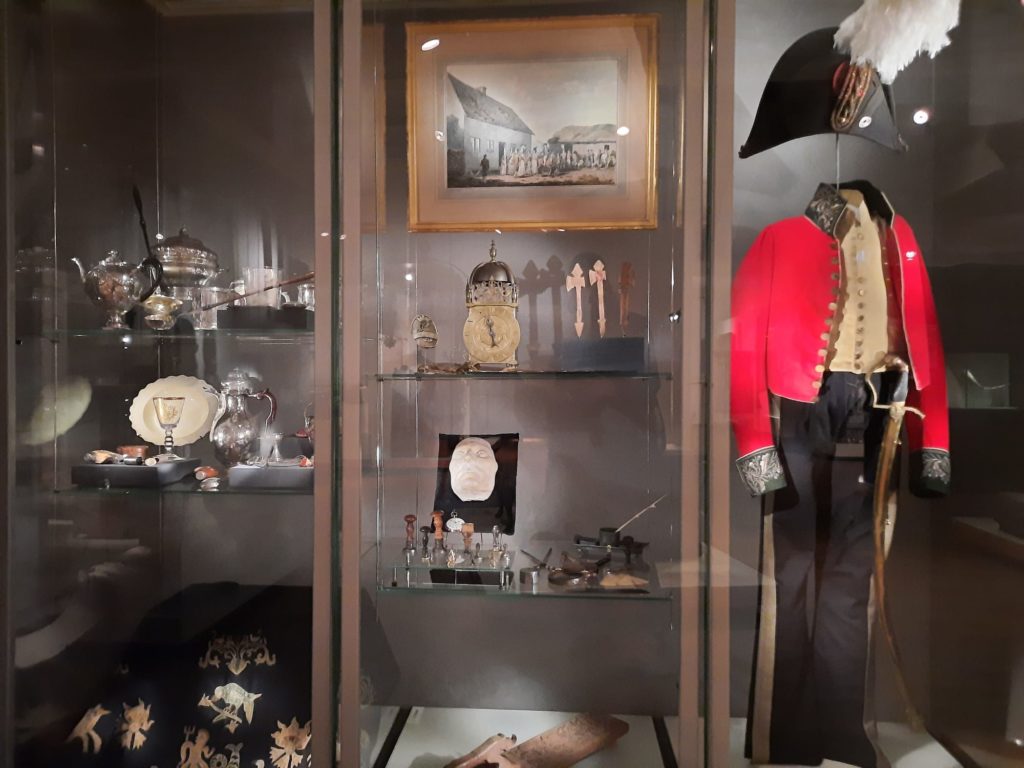
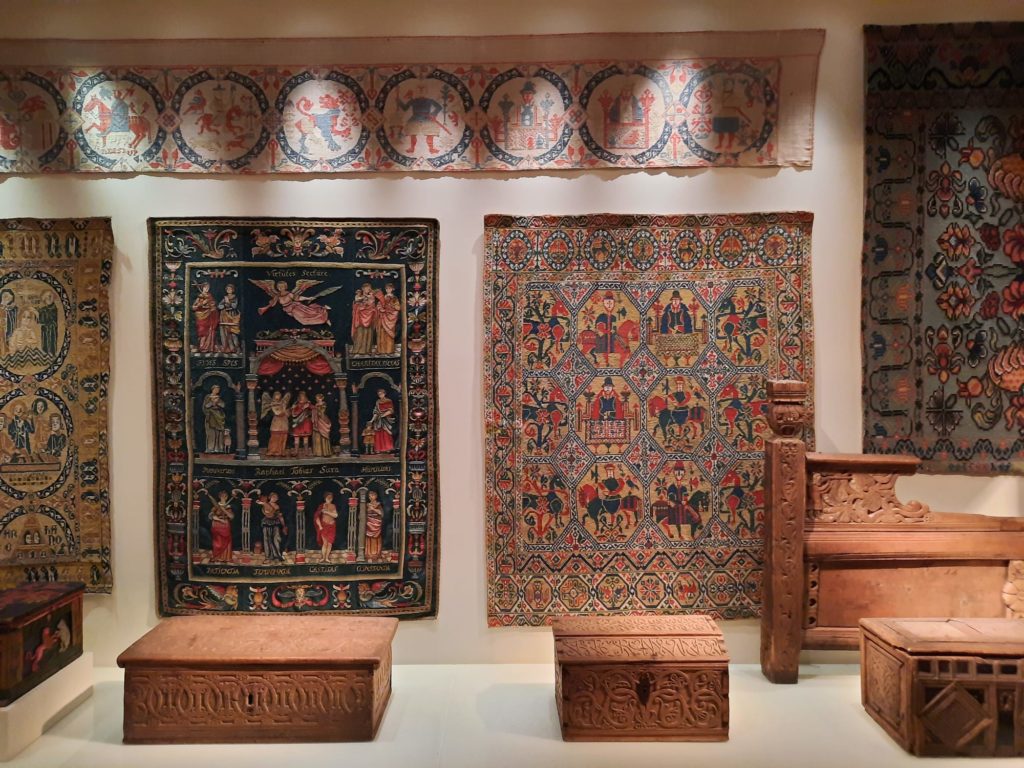
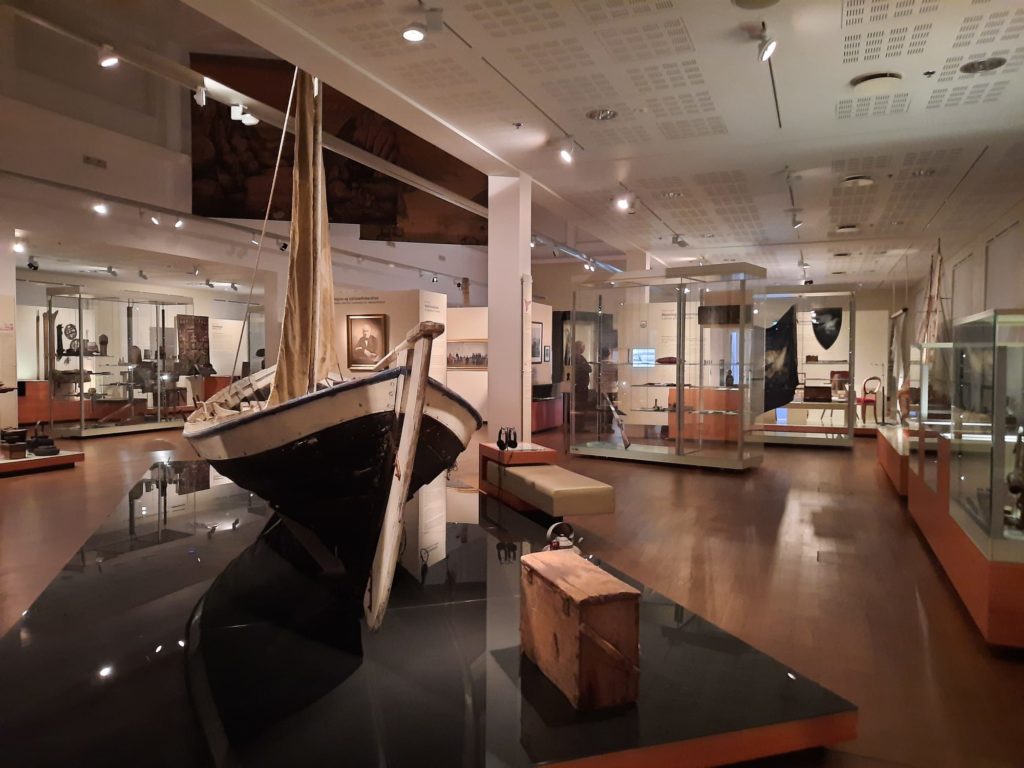
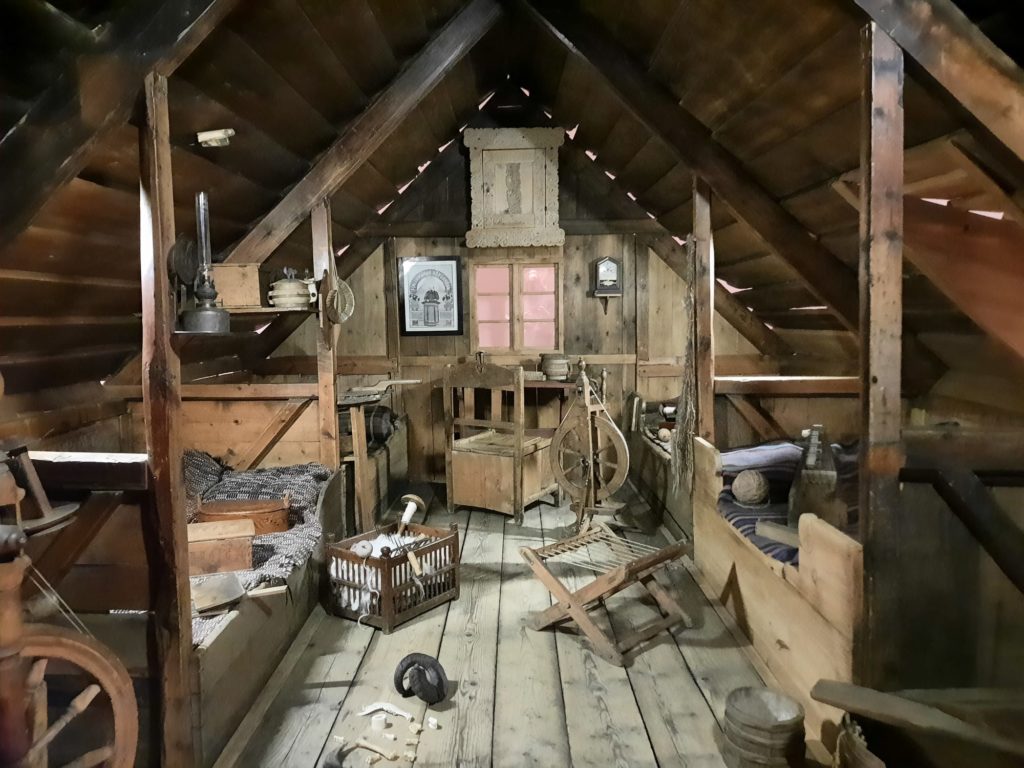
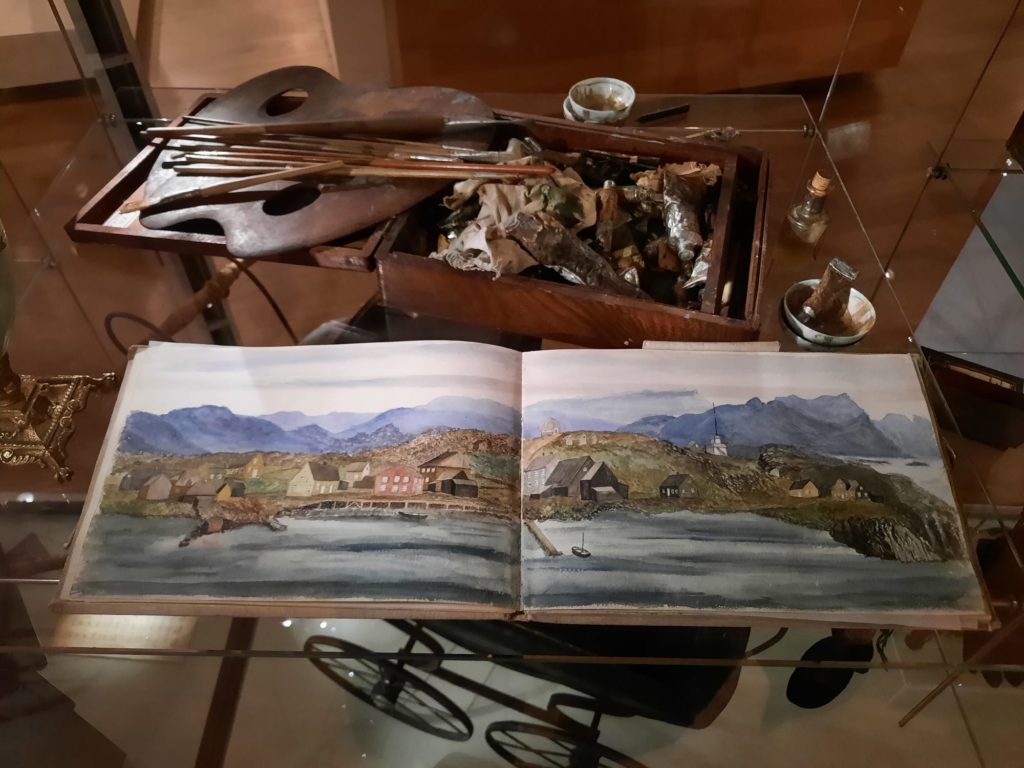
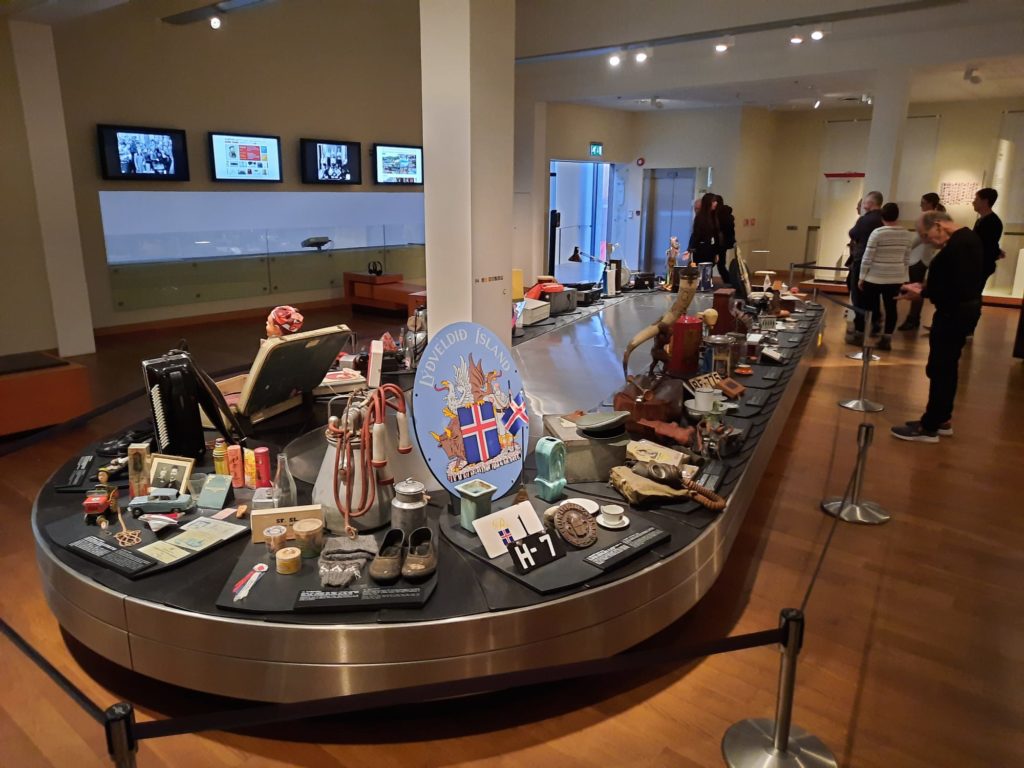
Final Thoughts On The National Museum Of Iceland
All in all this is a good, solid museum. There’s a good selection of well-presented objects, and space for a couple of interesting temporary exhibitions (another one coming in the next section). The information is all available in English as well as Icelandic, and is pitched at a good level. You can learn a lot about the history of Iceland if you are so inclined, or you can make your own path and look at some nice objects that interest you. An audio guide is available which goes into greater detail on key works.
There are other ways to learn about Icelandic history while visiting Reykjavik. The Settlement Exhibition, Saga Museum, even the Punk Museum all tell the country’s history in their own way. This is the best option as a one-stop shop, telling the full story through objects and interpretation. If you’re visiting as a family it’s maybe slightly better for young kids than older ones, but what do I know, I’m not an expert on that front. It’s good for solo-travelling historians in any case!
Salterton Arts Review’s rating: 3.5/5
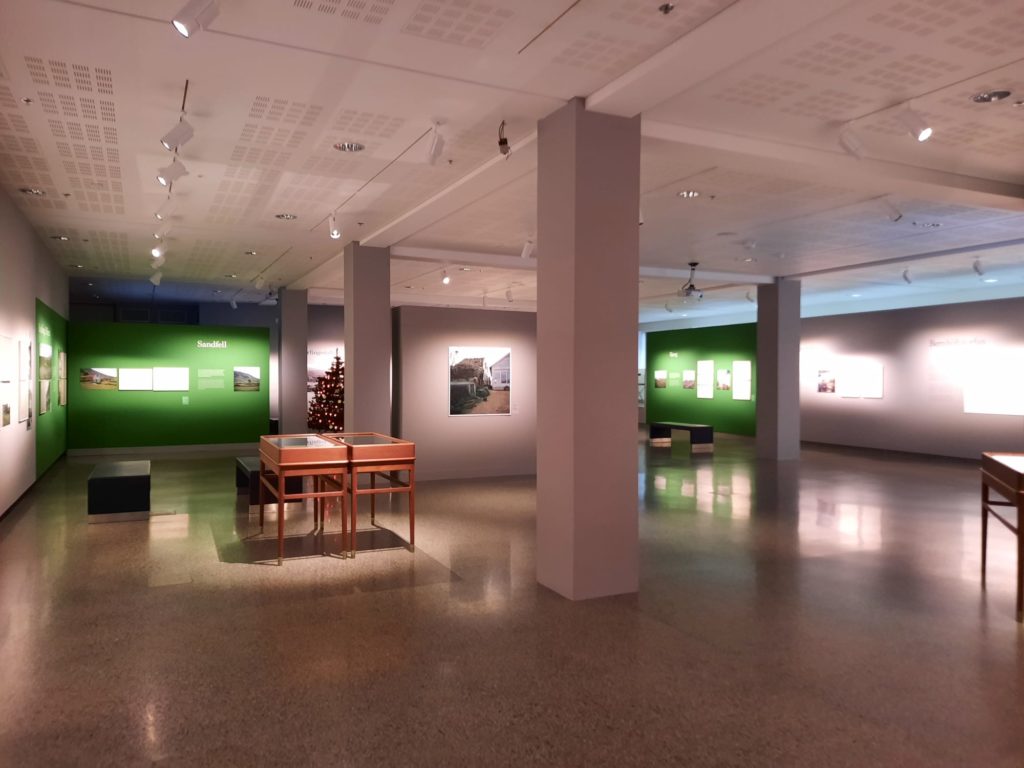
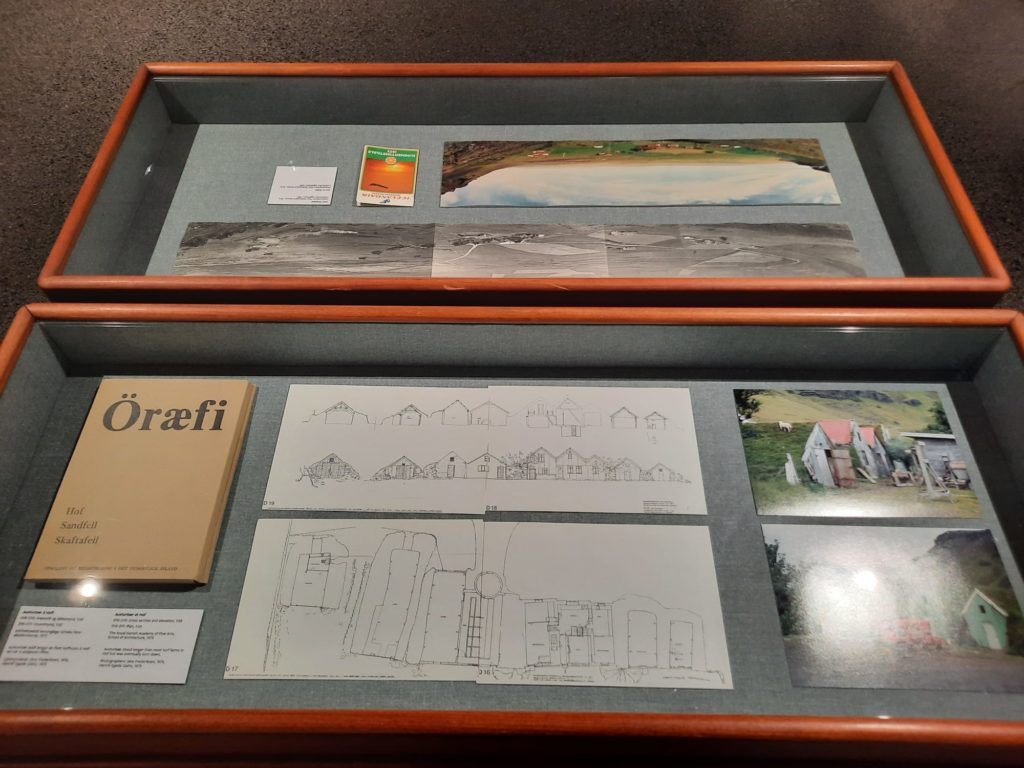
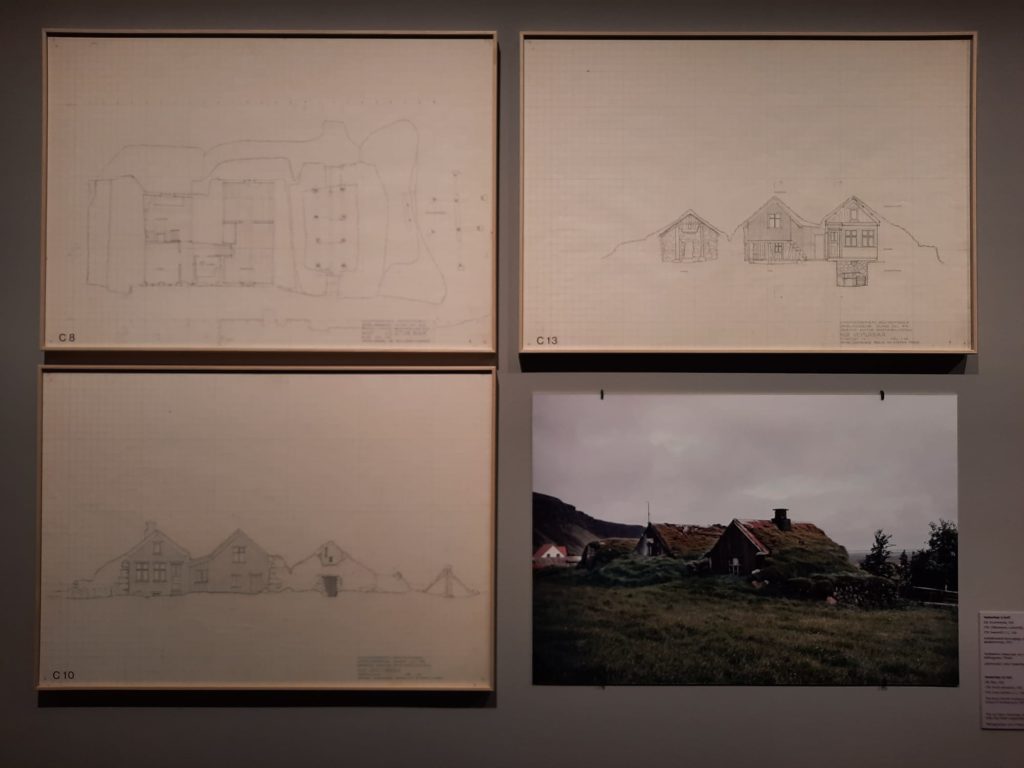
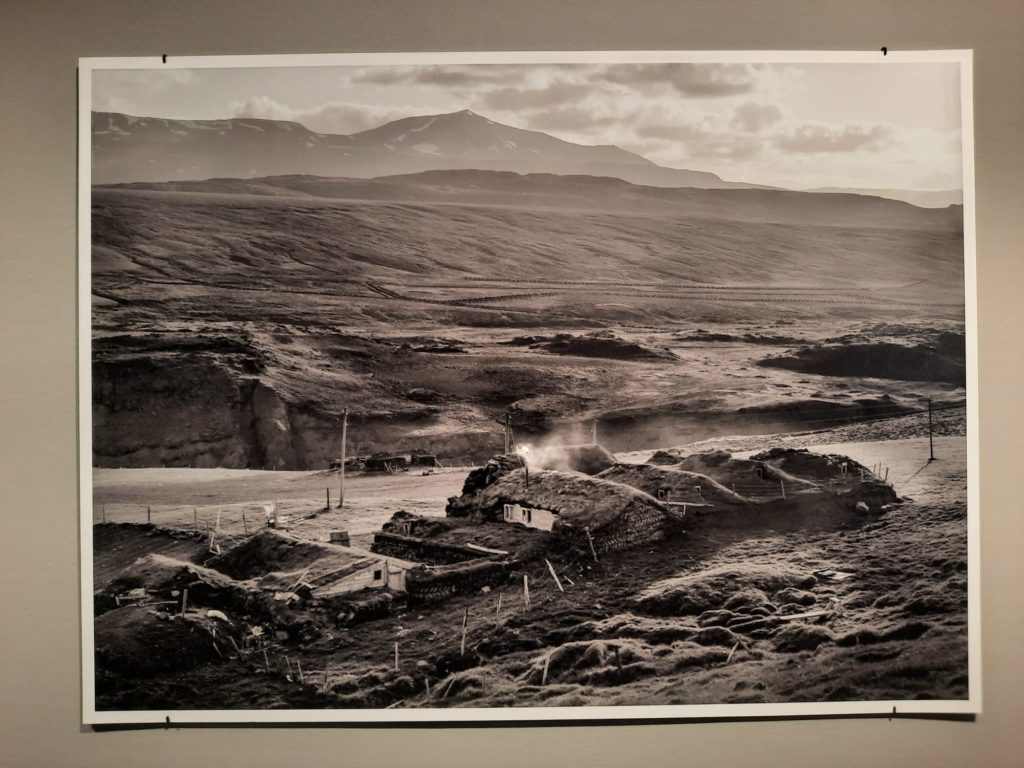
In The Eleventh Hour
Unlike the previous temporary exhibition (see above), this one is tucked away in a slightly separate gallery so you need to make a conscious effort to see it. It is an exhibition of mainly photography with some archival materials, about a project to document Iceland’s traditional buildings in the 1970s when many were at risk of disappearing.
It’s quite a good complement to Arbaer Open Air Museum: this is where the successfully preserved buildings (mostly from Reykjavik) can be seen. This exhibition is about some of the ones which haven’t survived (although there are a few success stories), and seeing turf and stone building methods from around the country.
It must have been a bittersweet endeavour. Students from Danish architecture schools, spurred on by an Icelandic classmate, undertook a couple of summers’ worth of expeditions. They measured, photographed and otherwise documented turf architecture. In many cases the students’ work is now the only record of particular buildings.
I’m very interested in the process by which a country (or region or people) come to value certain aspects of heritage. How does a turf house go from being ordinary to ‘old-fashioned’ to heritage preserved or in peril? This exhibition focuses in on one such process, and the value of the work is evident despite the sad demise of much of the source material.
In the Eleventh Hour on until 26 February 2023. More information here.
If you see this after your page is loaded completely, leafletJS files are missing.

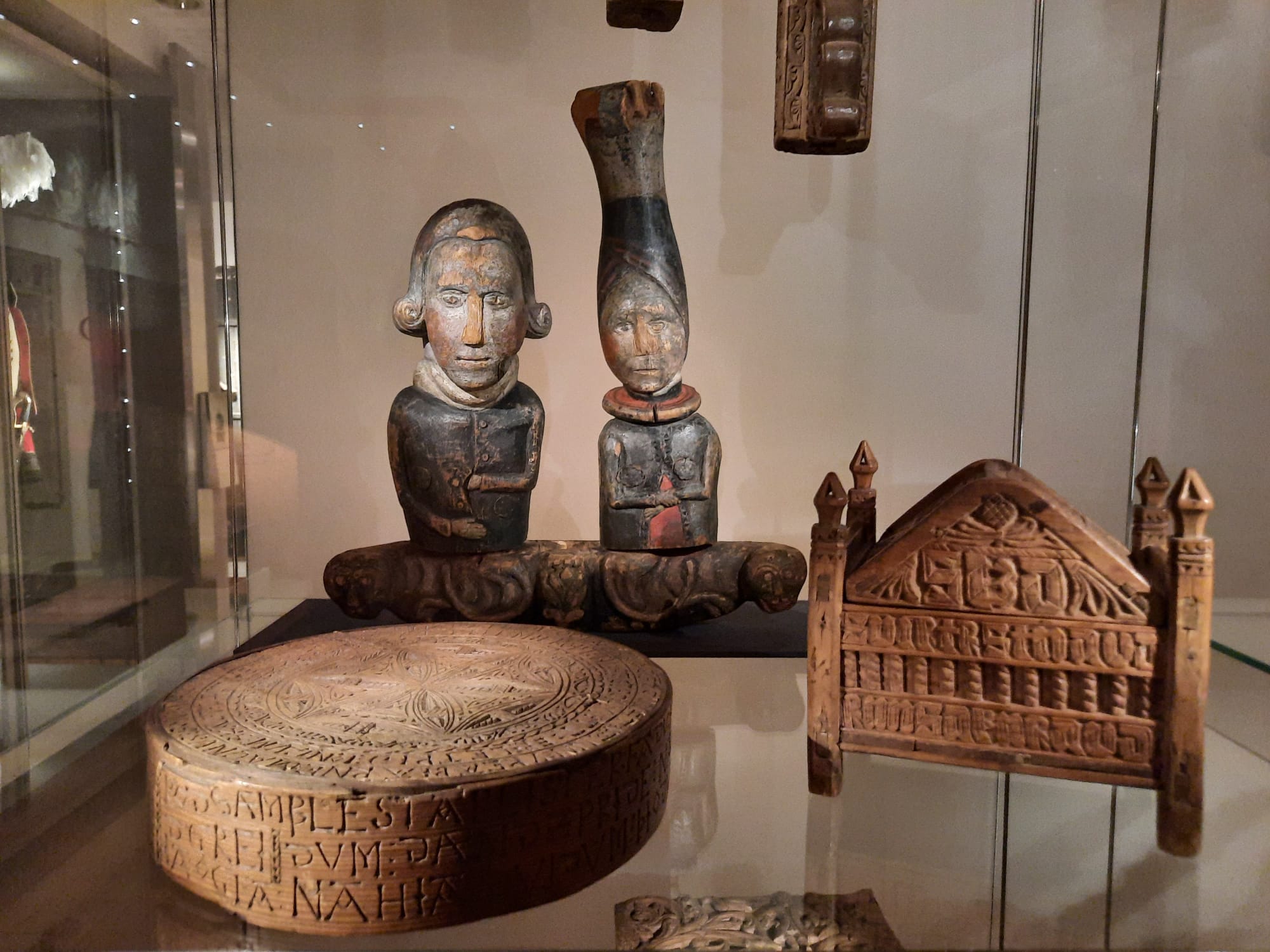
You make it sound very neat; the museum having an easier time than others because of it. And I like your pity for their “poor sodden feet”. If I were visiting the country, it woud be a starting point for me. Also, how interesting would it be do do a ‘compare and contrast’ on Iceland and New Zealand with their similiar establishment time!
Yes museum-wise definitely something to recommend to have such a focused time period! The NZ comparison would be interesting, especially because of the two waves of Māori and European migration and the differences in the historic records of the two countries. But after seeing examples of fish skin slippers I’m glad to have readily available shoes, that’s for sure.